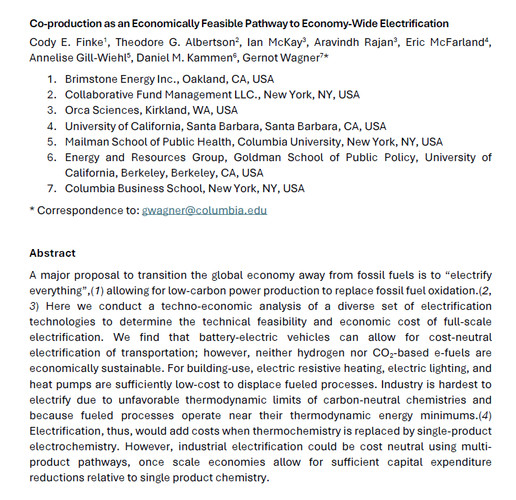ClimateWire: "Here comes the social cost of carbon. Will it address EJ?"
By Jean Chemnick

Gernot Wagner, a climate economist at New York University's Department of Environmental Studies, said the Biden administration could elevate inequality concerns in rulemakings by embedding them in metrics like the social cost of carbon or by considering equity issues alongside more traditional considerations, like a policy’s effectiveness and its cost.
In the regulatory impact analysis for the MATS rule, he said, EPA seemed to draw attention to environmental justice issues without “hiding” them in a numeric input.
Inequality in the MATS draft is “not part of the equation itself. But it's very explicitly considered in designing the rule,” Wagner said. But he said that might be a function of the fact that mercury and other toxic emissions have an overwhelming effect on populations near pollution sources, in contrast to CO2, which is a global pollutant.
“[With] mercury, frankly, you should put equality front and center, right?” he said. “You should basically say, 'Look, there's a community of 10,000 disadvantaged people who live right next to this one plant, and there's a lot of mercury pollution in this plant, so what’s the best policy instrument?'”
Quoted in: "Here comes the Social Cost of Carbon: Will it address EJ?" by Jean Chemnick, ClimateWire/PoliticoPro (10 February 2022).


